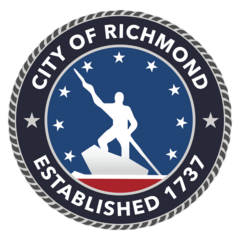Cultural Heritage Stewardship Plan - Draft 1
The purpose of a Cultural Heritage Stewardship Plan (CHSP) is to identify, recognize, and safeguard a community’s cultural and historic assets. These assets, also commonly referred to in the CHSP as cultural or historic resources, may include buildings, structures, communities or places, landscapes, below-ground resources like archaeological artifacts or cemeteries. Cultural heritage also includes intangible aspects of community history such as shared memory, memorialization, oral history or oral tradition, lost resources, and neighborhood identity. Establishing a plan provides a way to manage change in a sustainable way as communities evolve and grow, while safeguarding the aspects of the community history, neighborhoods, and places in the city that Richmonders value.
THINGS TO KNOW:
- Hyperlinks will be added to the final document as content can get moved around between drafts
- Please focus comments on content and organization. CPG will conduct a full technical QAQC in future drafts to catch typos or other technical errors.
- If you have suggestions for graphics or images, we want to know.

Comments
Close